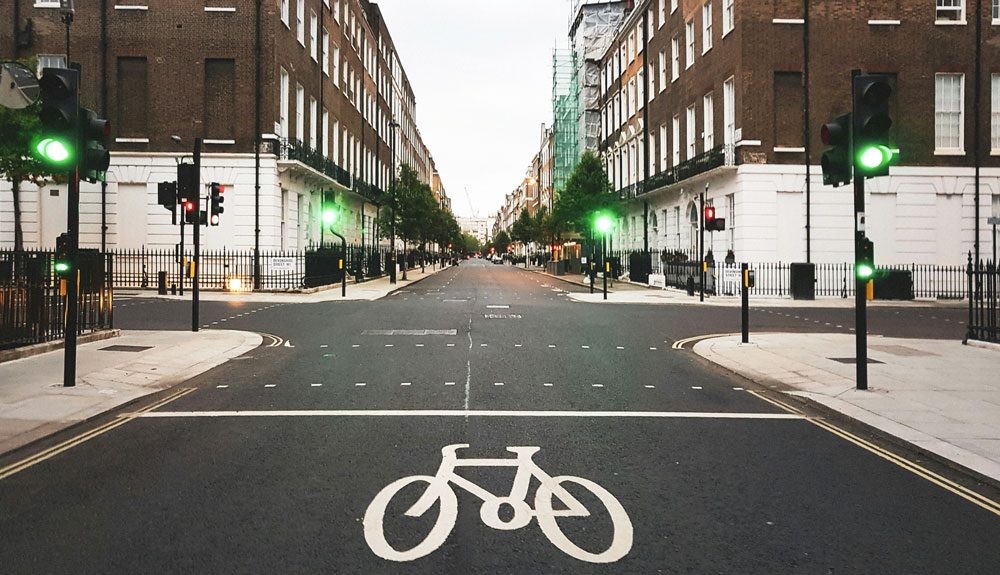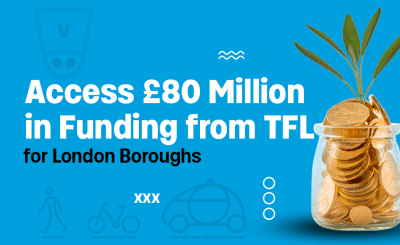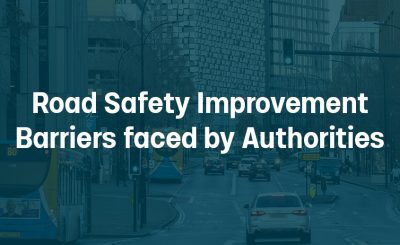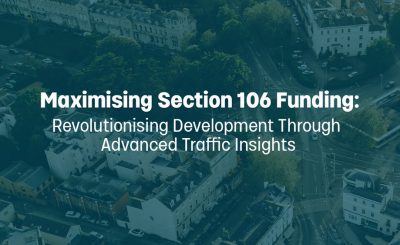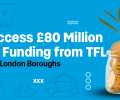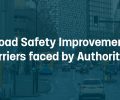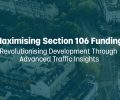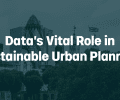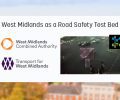Update on COVID-19 impact on travel
- Advisory travel restrictions due to COVID-19 are causing only small reductions in traffic, with an impact on cars of c.15%
- Evidence of further declines for both pedestrians & cars as last week progressed, up to 30-40%
- Impact on pedestrian flows in city centres this week has been c. 20%
- Larger motor vehicles unaffected
Originally published as a Press Release on 23 March 2020: VivaCity, a leading transport data AI company, leverages existing sensor network to monitor and measure the impact of recent government announcements on transport across the UK.
VivaCity are currently working with a number of UK cities** to provide up-to-date (anonymous) data on transport movements. Leveraging this sensor network across a select subset of cities has allowed us to:
- Analyse traffic flows across a six week timeframe broken down by mode and vehicle type, including pedestrians
- Compare historical data to current trends across different weekdays
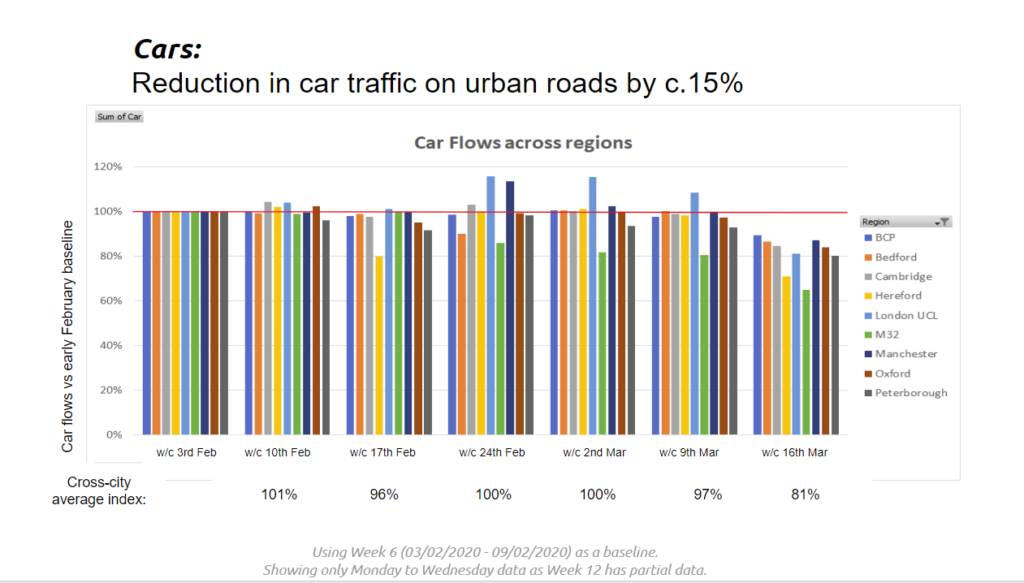
Peter Mildon, COO explains – “VivaCity provide hyper-local data on how roads are being used. Our AI based sensors process video footage on the device to provide anonymous data on road usage. These sensors offer government an opportunity to monitor compliance with new requests such as the 2m Social Distancing rule, without impacting civil liberties or requiring an unprecedented increase in Government access to mobile phone data. Over the last few days we have been analysing the impact that the COVID-19 response is having on the UK’s transport networks. Taking anonymous data from over 200 sensors across 10 UK cities, we have seen the following impact. Here are our key findings:
Against a baseline week starting on 3rd February, last week saw a 30% drop in pedestrian traffic, 15% drop in urban car traffic, 13% drop in cyclists and 15% motorcycles. The number of light and heavy goods vehicles on the road was unchanged.
In Oxford, using our network of 78 sensors owned by Oxfordshire County Council, we carried out an additional analysis to measure the distance between pedestrians within the sensor field of view. This found that by Sunday, there had been a 45% drop in the total number of pedestrians compared to the previous week, but only a 28% reduction in social interactions where two pedestrians came within 2m of each other.
This data shows that while a large proportion of the population are following government advice and staying home, those who are still going out are not adopting the social distancing measures being encouraged.” Raw data is available on request.
Samples of Video Analysis of Social Distancing
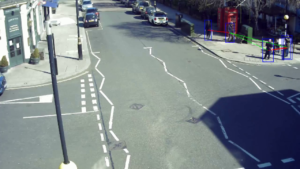
Images extracted for marketing purposes only. Under normal operation, video is discarded within seconds of being captured, and only anonymised data is retained.
If you would like to speak to VivaCityLabs about monitoring and managing transport data in your town or city through the COVID-19 crisis, please get in touch.
UK Towns, Cities and Roads used for this analysis:
Oxford
M32
Bournemouth, Christchurch & Poole
Cambridge
Manchester
Bedford
Peterborough
Hereford
London
VivaCity offers a unique solution using artificial intelligence-powered sensors installed in strategic locations on the road that capture anonymous, real-time, continuous traffic pattern data of road users.
- Traffic counts and classifications, including pedestrians, cars, taxis, trucks, cyclists and more.
- Vehicle Path across the road space to understand how different vehicles interact and to assess junction turning counts.
- Median Journey Time of road users with number plates between any two sensors within the network.
- Speed to capture travel behaviour and identify queue formation.
The information is turned into anonymous data (preserving all road users’ privacy), and is accessible through a cloud-based dashboard via a browser. Get in touch with our team to find out more about our traffic management solution and ask for a free demo.
Like our content? Sign up to our newsletter and receive the latest updates in your inbox.

